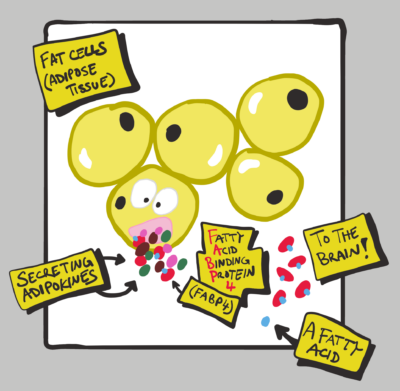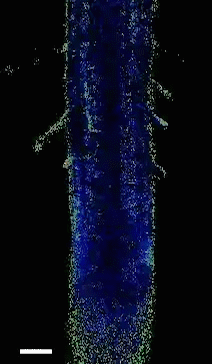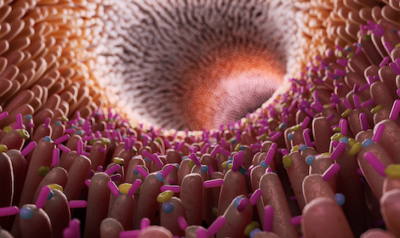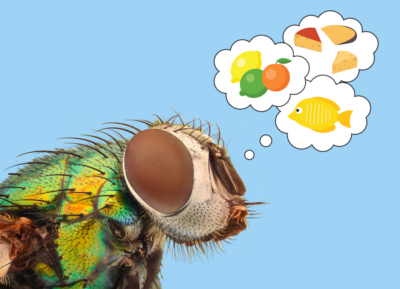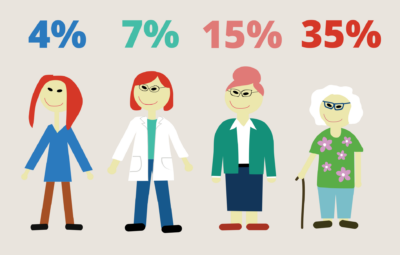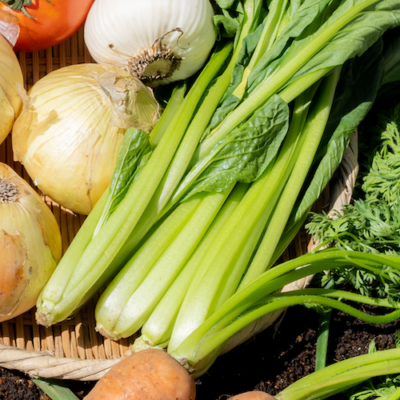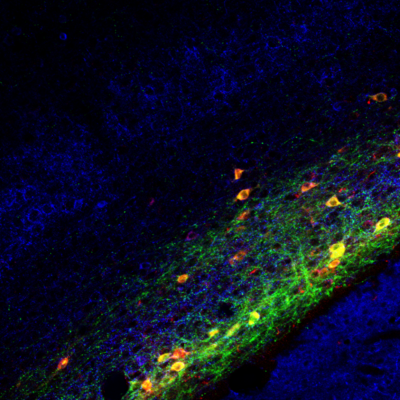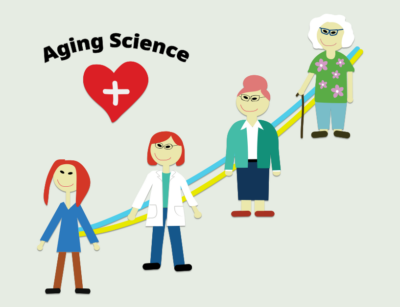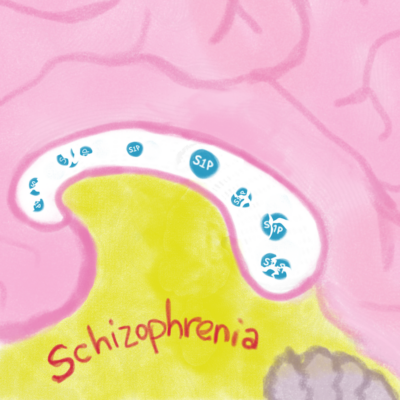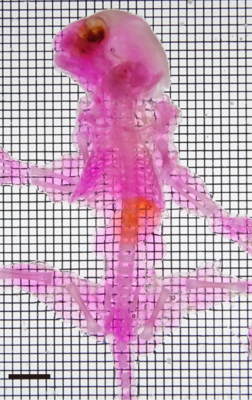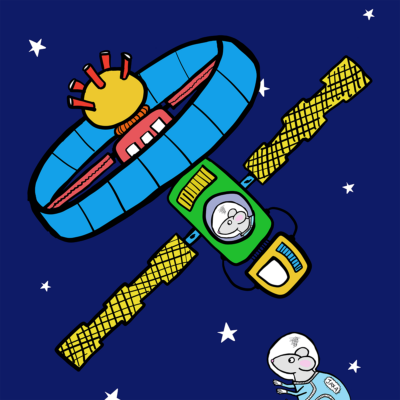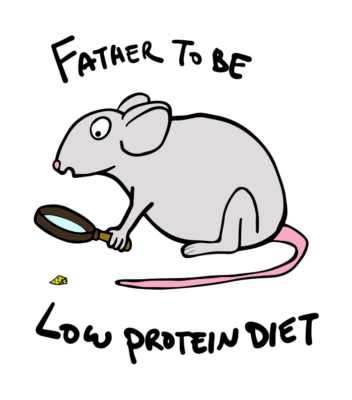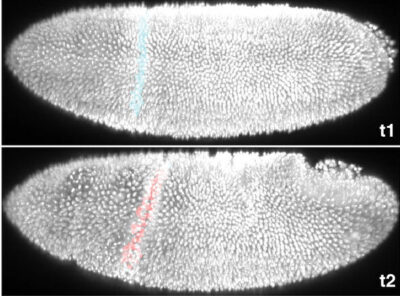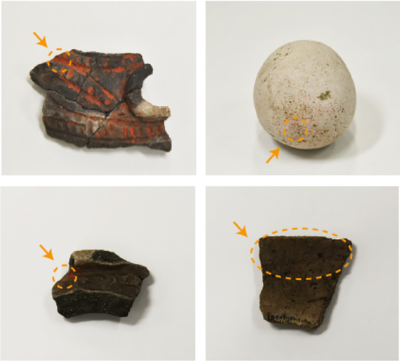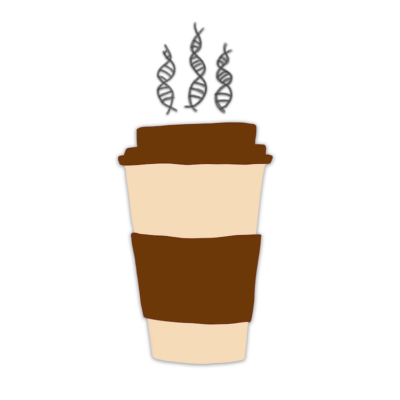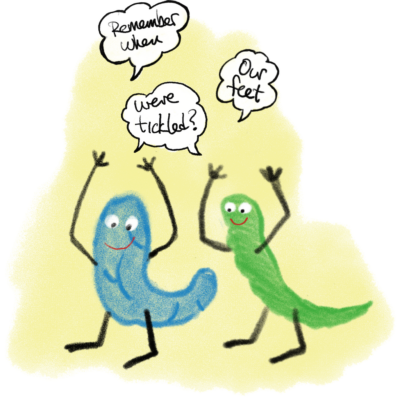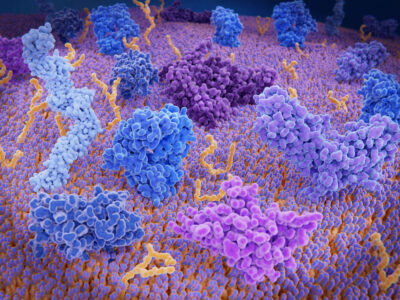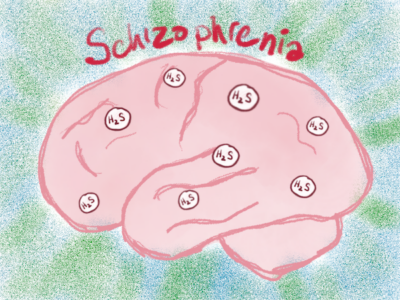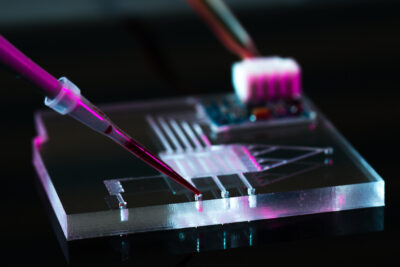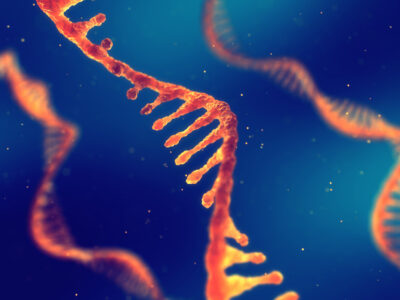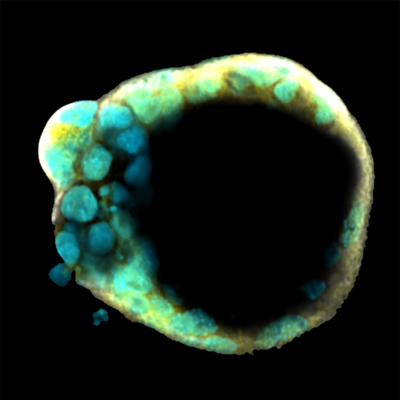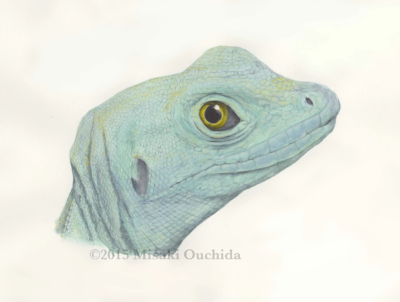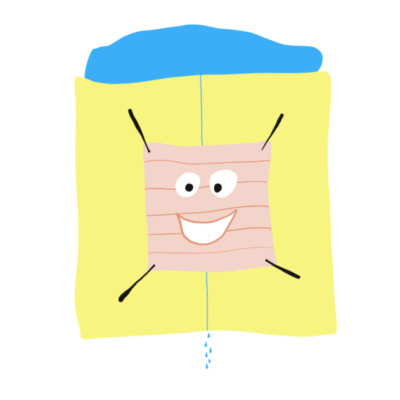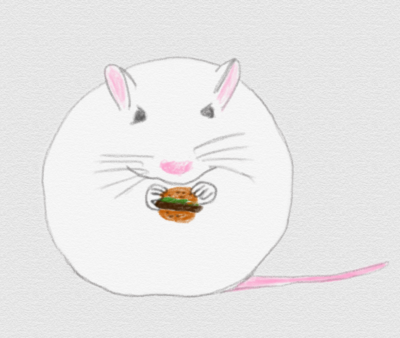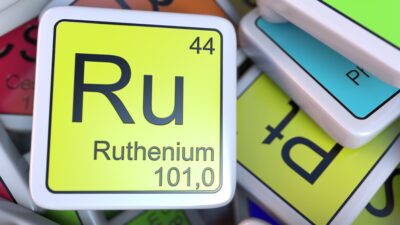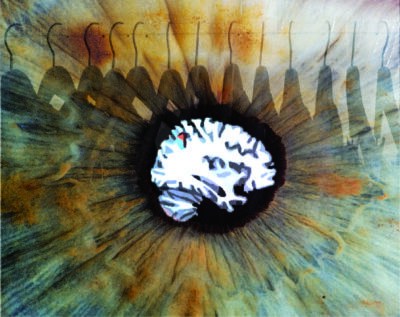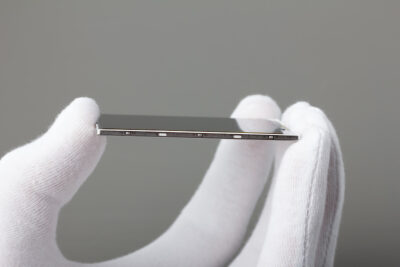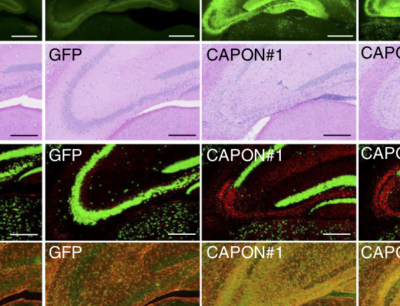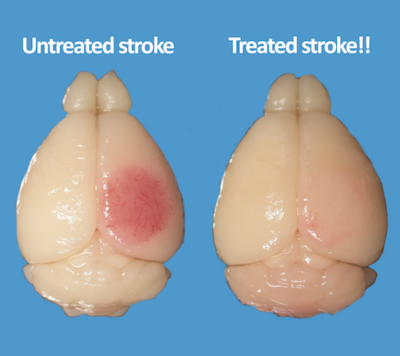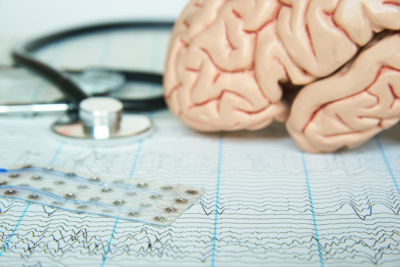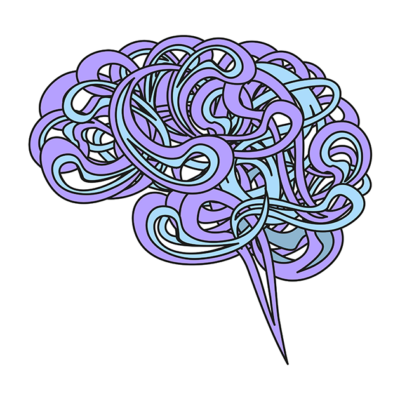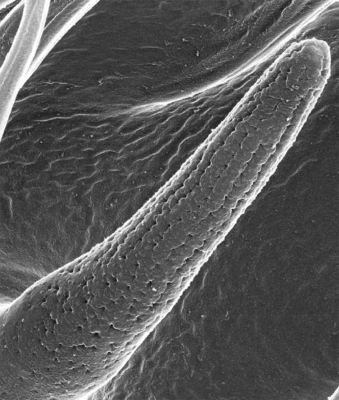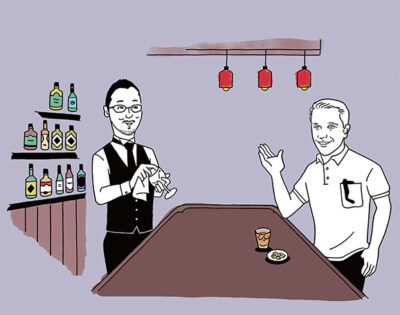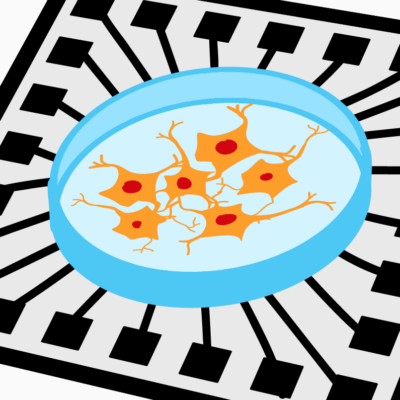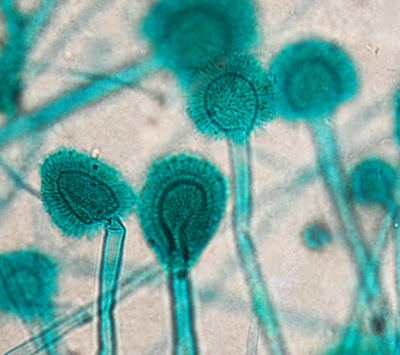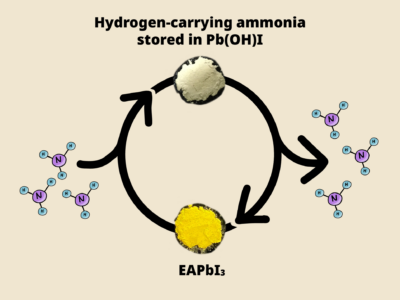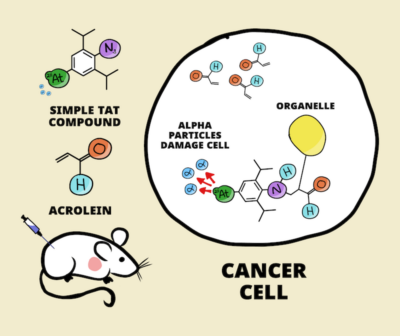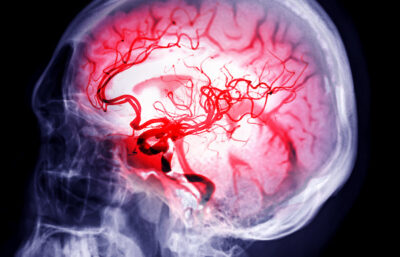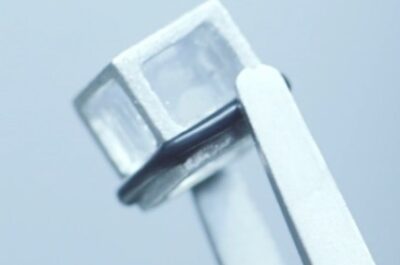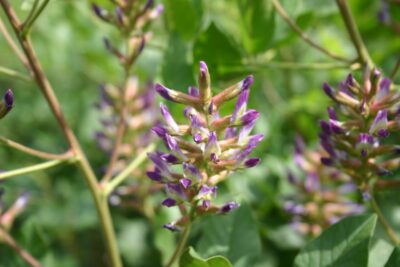Latest research animations
Self-assembly of spider silk
This gut microbe might protect against diabetes and reduce insulin resistance
NEW: One-way hydrogel guides motion of tiny worms!
Latest Posts
FABP4: A preschool-aged biomarker for autism
Microbial infections are a parasitic plant’s dream
Gut bacteria double team worsens symptoms of multiple sclerosis
Something smells fishy: categorizing odors in the brain
Photosynthetic bacteria spin spider silk for the masses
Blood cell mutations linked to leukemia are inevitable
Organic nitrogen in soil helps crop growth
Consciousness, brain connections, and the claustrum
A new imaging biomarker for the aging brain
Sphingolipid S1P: Potential new target for schizophrenia treatment
Staining that lights up whole organs and bodies
Artificial gravity protects the immune system of mice in space
Ultraprecise clocks and the Tokyo Skytree verify Einstein’s theory of relativity
Low-protein diet changes sperm and health of future offspring
Physiological origami and proper body development in flies
Efficient and durable ultra-thin solar cells
Tape and vermilion: ingredients for mapping artifact origins
Are you “at risk” of being a habitual coffee drinker?
Astrocytes powered by norepinephrine during fear-memory formation
Brain wave synchrony can predict memory age
AI identifies features associated with cancer recurrence
Longevity in supercentenarians linked to cytotoxic T-cells
Schizophrenia biomarker (hydrogen sulfide) in human hair
Brain tissue kept alive for weeks with new microfluidic device
Massive filaments, galaxies, and supermassive black holes
Understanding non-coding DNA: gene “enhancers”
Implantable blastocyst‐like cysts grown from stem cells
Talking science Illustration with Misaki Ouchida
Cyborg microchip valve driven by earthworm muscle
Eating a high fat diet without getting obese?
New metalloenzyme system selectively targets cancer cells
Boosting betaine may be a treatment for schizophrenia
Gray matter volume links symptoms in autism
New mechanism allows lower energy requirement for OLED displays
CAPON links Alzheimer’s plaques to neurodegeneration
AdR blockers protect the brain from stroke damage
Trigger region found for epileptic absence seizures
Opto-OISI: imaging connections in the living brain
Flies smell through a gore-tex system
A researcher’s journey part 2: emotional memory and being human
Mathematical model predicts self-organized learning in real neurons
Deadly fungi beaten with fatty acid synthase inhibitor
A new and improved way to store hydrogen
A new alpha-particle treatment for multiple cancers
A researcher’s journey: from surfing to studying pain
The first drug treatment for brain aneurysms (in mice)
Simple but revolutionary modular organoids
Thoughts on the genetics of medicinal licorice
Nov
1

Stolen genes used for parasitic mind control
Parasitic horsehair worms evolved to control their praying mantis hosts by stealing their genes (horizontal gene transfer). Continue!
Sep
27
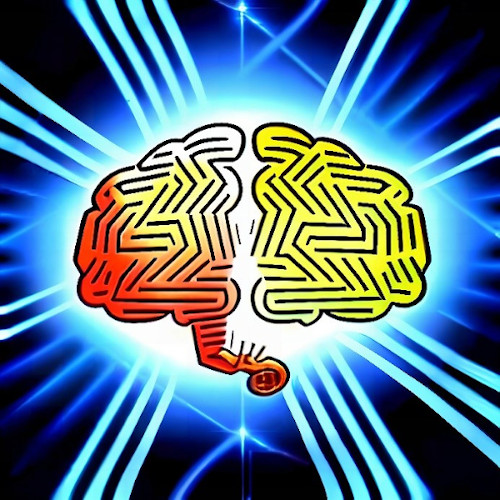
Machine learning contributes to better quantum error correction
Researchers have developed an autonomous method for handling error correction in quantum computing. This will help quantum computers maintain their advantages over standard computers. Continue!
Sep
20
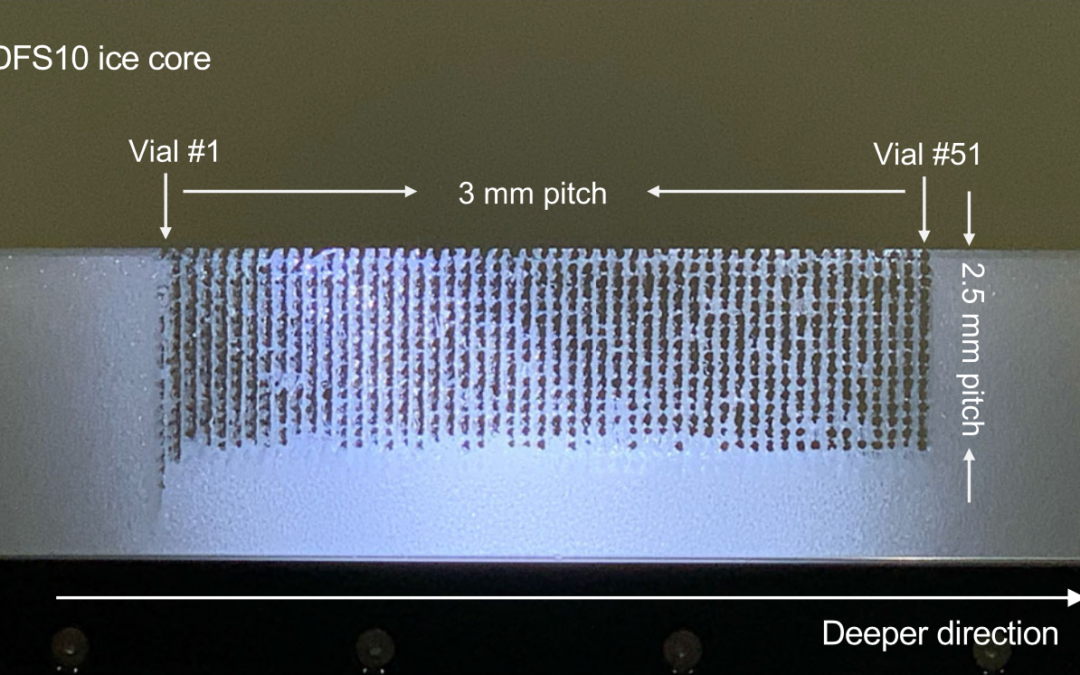
Laser melting ice-core sampler for studying climate change
This laser melting ice core sampler can determine temperature changes thousands of years ago on very fine timescale. Continue!
Aug
31

Gut bacteria reduces insulin resistance, protects against diabetes
Scientists discover gut bacteria that reduce insulin resistance in your body and sugar in your poo. Continue!
Aug
23
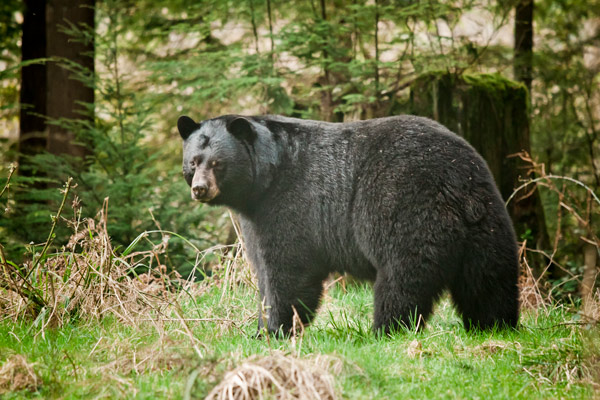
Scary places burned into our minds by constant memory replay
Researchers discover the mechanism through which places associated with negative experiences are burned into our memories. Continue!
Aug
18
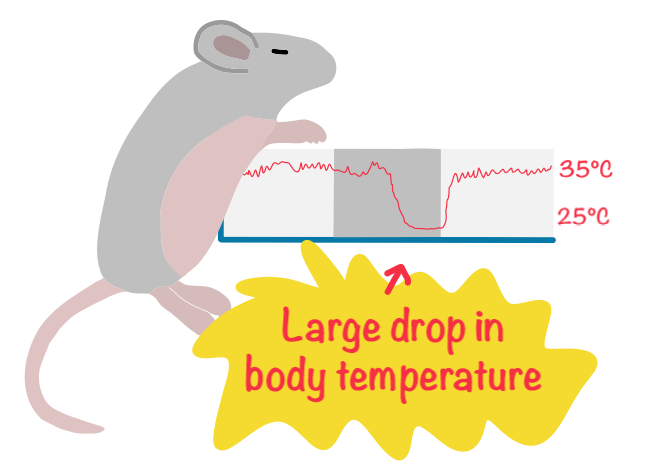
Toward human hibernation: cold-resistant mouse stem cells
Cold-resistant stem cells from “deep torpor” mice are a big step toward understanding why tissue survives hibernation. Continue!

